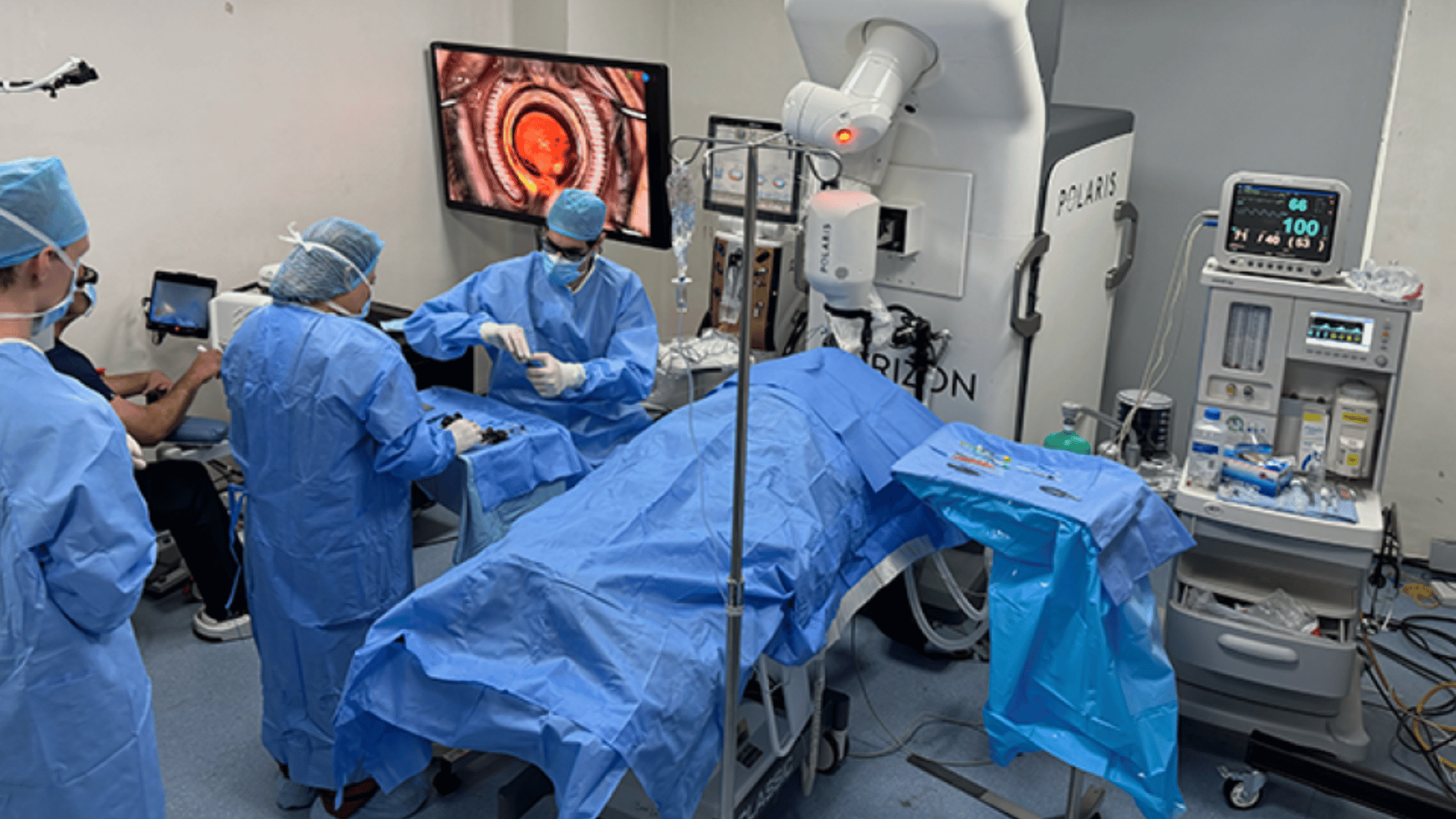Researchers at the University of Sharjah have taken a significant step forward in reducing climate change with a groundbreaking technology designed to capture carbon dioxide from industrial emissions. The patent was filed in March 2025 and published in August.
It details a novel method that traps carbon and addresses the global challenge of plastic and food waste.
This innovative approach utilizes the unexpected blend of spent coffee grounds (SCG), polyethylene terephthalate (PET) plastic, and a common chemical activator, potassium hydroxide. Together, these components are transformed into a high-performance material for adsorption.
Capturing Carbon With Cost-Effective Materials

Producing activated carbon through the co-pyrolysis of spent coffee grounds and plastic waste is crucial to the development. According to Dr. Haif Aljomard, the lead inventor of the technology, KOH acts as the activating agent. He says the process operates at an activation temperature of 600 degrees Celsius, which is considered eco-friendly.
The waste-to-resource approach is critical to the technology’s appeal. Researchers estimate that approximately 8 million tons of spent coffee grounds are discarded worldwide each year. Repurposing the waste, which would otherwise emit methane in landfills, offers a dual environmental benefit.
Dr. Aljomard said, “What begins with a Starbucks coffee cup and a discarded plastic water bottle can become a powerful tool in the fight against climate change through the production of activated carbon.”
As a result, the activated carbon exhibits high CO2 adsorption capacity, making it suitable for immediate industrial application. Additionally, researchers emphasized the low production costs resulting from the affordability and availability of raw materials.
Co-inventor Professor Chaouki Ghenai said, “This invention exemplifies circular economy principles by integrating waste streams for dual valorization and upcycling into valuable products.”
Researchers emphasized the wide range of applications that go beyond carbon capture. Professor Ghenai explained that the technology’s potential in water and air treatment, including drinking water filtration and flue gas cleaning, is immense. The invention could provide a sustainable, cost-effective, and versatile tool.
“There is an urgent need for effective and sustainable technologies to capture and reduce CO₂ emissions from sources such as fossil fuel combustion, industrial processes, and power generation,” the patent document concludes.







